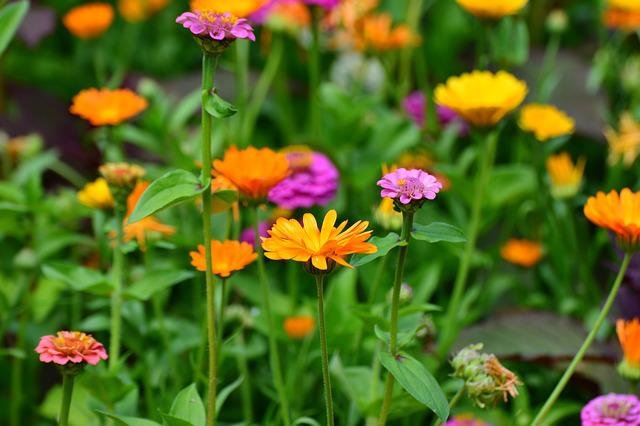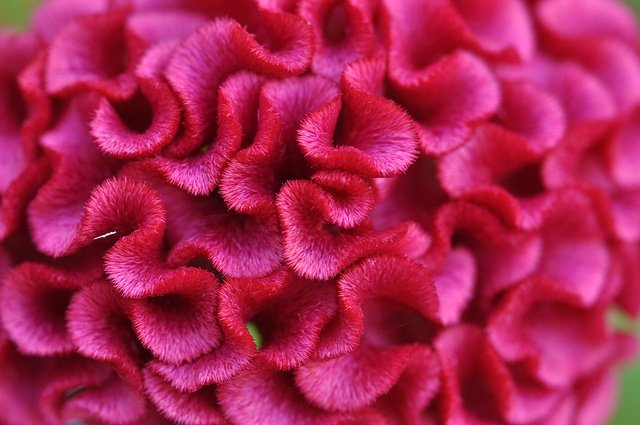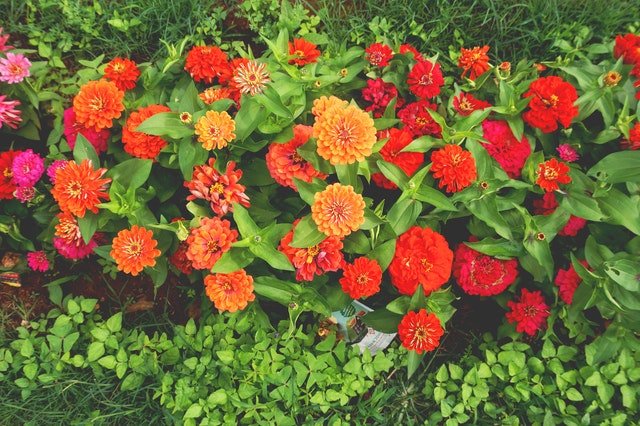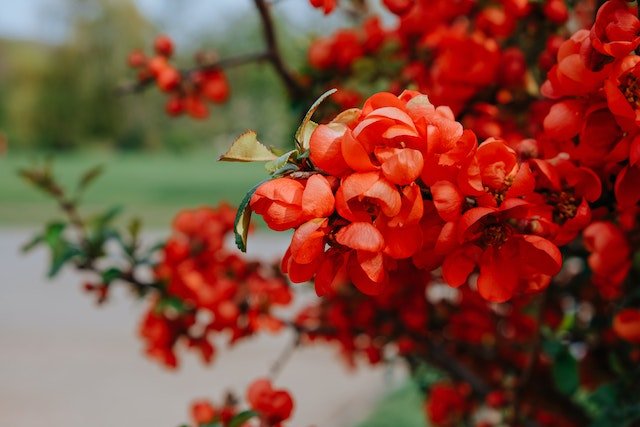The best type of soil for hydrangeas is moist, rich, and well-drained soil. Hydrangeas will not do well in soils that are dry or contain a lot of clay. If your soil is not ideal for hydrangeas, you can amend it by adding organic matter such as compost or peat moss. You should also make sure that the planting site receives plenty of sunlight.
In general, hydrangeas prefer acidic soils with a pH of 5.0 to 6.5. However, some varieties of hydrangeas (such as bigleaf hydrangeas) are more tolerant of alkaline soils. If you’re not sure about the pH of your soil, you can have it tested by a local cooperative extension service.
Hydrangeas are also very sensitive to changes in soil moisture. They should be watered regularly, especially during periods of drought. Overwatering can also be a problem, so make sure that the soil drains well.

If you’re not sure about the quality of your soil, it’s always best to err on the side of caution and add some organic matter to the planting site. This will help to ensure that your hydrangeas have all the nutrients they need to thrive.
But what if you don’t actually have a perfect soil type in your garden to grow hydrangeas? Hence we will discuss further how will hydrangeas react to each soil type and how you can alter the soil so it can accommodate this plant’s need.
Table of Contents
Can Hydrangeas grow in clay soil?
Clay soils are made up of very small particles, which can make it difficult for plant roots to penetrate and access water and nutrients. Hydrangeas are generally tolerant of a wide range of soil types, but they prefer loamy soil that is high in organic matter.
If you have clay soil, you can improve its drainage by mixing in some compost or other organic matter. You should also avoid overwatering, as this can lead to poor drainage and root rot. With proper care, hydrangeas can thrive in clay soil. However, if your soil is particularly heavy or poorly drained, it may be best to grow them in containers.

Can Hydrangeas grow in Sandy soil?
Sandy soil is not ideal for growing hydrangeas. Hydrangeas prefer rich, loamy soil that is high in organic matter. Sandy soil does not retain moisture well, and it can be difficult to provide the consistent watering that hydrangeas need. In addition, sandy soil does not provide the nutrients that hydrangeas need to thrive. For these reasons, it is best to avoid planting hydrangeas in sandy soil.
If you have sandy soil and you want to grow hydrangeas, you can improve the soil by adding organic matter such as compost or peat moss. You will also need to water more frequently, and you may need to provide supplemental fertilizer. With some extra care, you can grow healthy hydrangeas in sandy soil.
Can Hydrangeas grow in Silty soil?
Hydrangeas are versatile plants that can adapt to a wide range of soil types. However, they prefer well-drained soil that is rich in organic matter. Silty soil can occasionally be suitable for growing hydrangeas, but it is important to make sure that the soil is not too compacted. If the soil is too dense, water will not be able to drain properly and the plant’s roots may become waterlogged.
In addition, it is important to make sure that the pH level of the soil is correct for hydrangeas. They prefer slightly acidic soil with a pH between 5.0 and 6.5. While hydrangeas can technically grow in silty soil, it is important to make sure that the conditions are optimal for the plant in order to ensure its health and vitality.
Can Hydrangeas grow in Peaty soil?
Hydrangeas are beautiful, flowering shrubs that can add color and life to any garden. Though they are relatively easy to care for, they do have specific soil requirements in order to thrive. One important question gardening enthusiasts often ask is: can hydrangeas grow in peaty soil?
The short answer is yes, but there are a few things to keep in mind. Hydrangeas prefer soil that is slightly acidic, with a pH of 6.0-6.5. Peaty soil tends to be on the acidic side, which makes it a good option for growing hydrangeas. However, peaty soil can also be very dense and difficult for roots to penetrate. As a result, it is important to mix peaty soil with other types of soil in order to create a more well-rounded growing environment.
In general, hydrangeas need moist, well-drained soil in order to thrive. Peaty soil can sometimes be too dense and waterlogged, so make sure to add other types of soil to create a more balanced environment. With the right care, your hydrangeas will soon be blooming beautifully in your garden!
Can Hydrangeas grow in Chalky soil?
Hydrangeas are a beautiful addition to any garden, but they can be finicky when it comes to soil. While they will grow in most types of soil, they prefer slightly acidic soil with a pH of around 6.0. This is because hydrangeas need aluminum in order to produce their beautiful blue flowers. Aluminum is only available in acidic soils, so if the soil is too alkaline, the hydrangeas will not be able to produce flowers.
Chalky soils tend to be alkaline, so they are not ideal for growing hydrangeas. However, if the soil is amended with compost or other organic matter, it will become more acidic and suitable for growing hydrangeas.
Can Hydrangeas grow in Loamy soil?
Hydrangeas are a popular type of flower that is often used in gardens and landscaping. They are known for their large, showy blooms, and they come in a variety of colors. Hydrangeas can be tricky to grow, however, and one of the most important things to consider is what type of soil they need.
Hydrangeas prefer loamy soil, which is a mix of sand, silt, and clay. The clay helps to hold moisture, while the sand provides drainage. This type of soil is not always easy to find, but it is essential for healthy hydrangea growth. If you cannot find loamy soil, you can try to amend other types of soil with organic matter to create a similar effect. With the right care and attention, hydrangeas can thrive in any type of garden.
Soil is one of the most important aspects of plant growth, and hydrangeas are no exception. In order to thrive, they need well-drained soil that is rich in organic matter. While they can grow in a variety of soils, they prefer loamy soil which is a mix of sand, silt, and clay. If you cannot find loamy soil, you can try to amend other types of soil with organic matter to create a similar effect. With the right care and attention, hydrangeas can thrive in any type of garden.

Gardening is my passion and growing plants indoors has always been a stress relief for me. Grow a banana tree in my apartment once (although failed to produce bananas).






